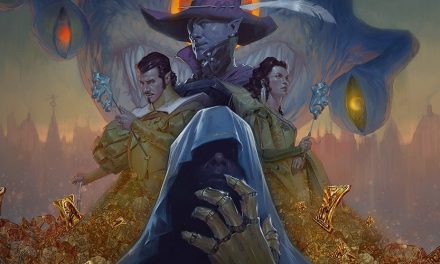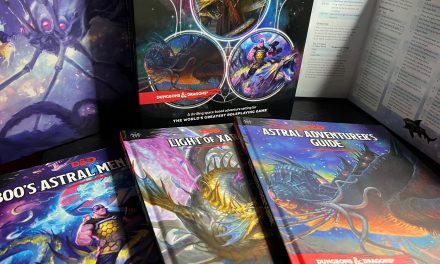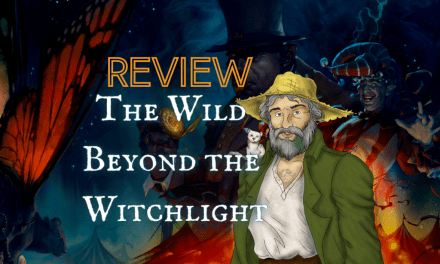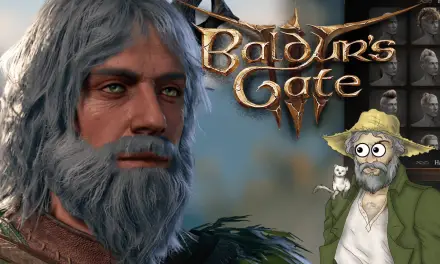The
With promises of a gothic horror experience and one of the most famous villains in all of D&D lore, that’s hardly surprising!
As I’m writing this article, we are fast approaching Spooky Season. What better time to finally offer a review of
Read on to learn what parts of this vampire-slaying adventure have real bite and which parts just suck!
(I’ll try to contain the vampire puns, but no promises!)
What is Curse of Strahd ?
Curse of Strahd is an adventure for D&D 5e featuring strong gothic horror themes. Vampires, werewolves, zombies, evil witches, and more fill the adventure.
It’s based on the classic Ravenloft module from the early 80s which is, in itself, a classic adventure that is near and dear to the hearts of many players from the AD&D days. Unlike the original, however,
The
Honestly, you can even start at level 3 and be perfectly fine. In fact, considering the nature of the enemies in this adventure, that’s probably a better call unless your table is ready for a “meat grinder” experience in the early levels! (We’ll get back to this in just a moment.)
While there have been other adventures that feature horror themes,
In trying to keep this review as spoiler-free as possible, let’s go over the broad strokes of the adventure.
This is seriously a fantastic adventure. There are plenty of spoilers elsewhere online, but you’re doing yourself a massive disservice if you go looking for them!
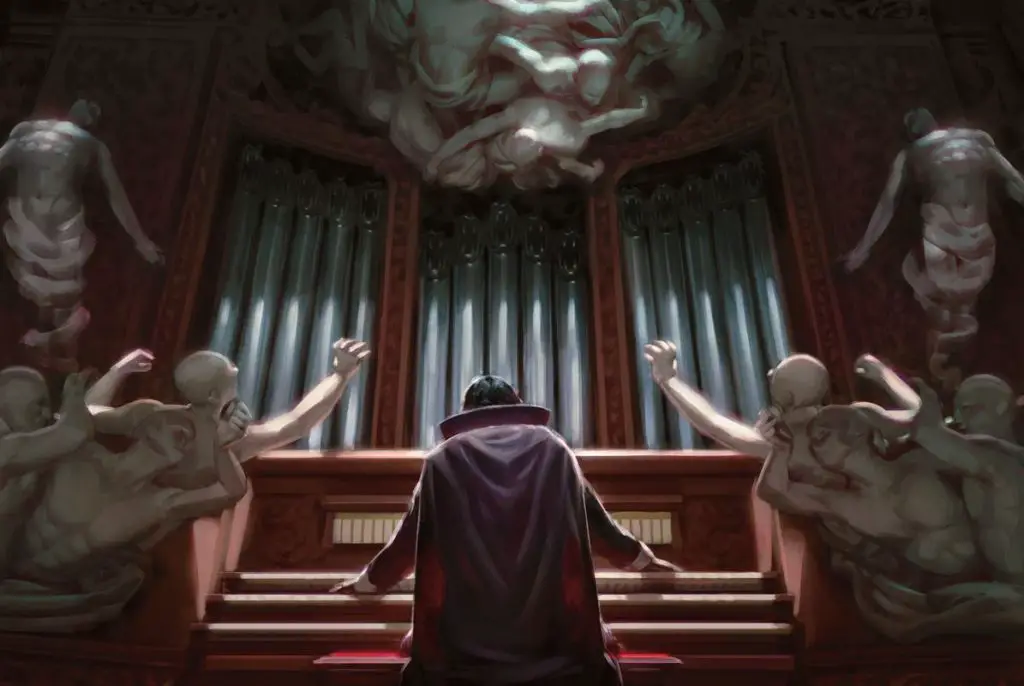
Plot Hooks and Goals
There are several hooks that can be used to kick off your
The party might receive a letter: a plea for help from messenger’s master in Barovia. As they travel towards the quest, they find themselves consumed by the mists that transport them to Strahd’s domain.
Other hook options include being attacked by werewolves and chasing them into the forest or falling asleep by the campfire listening to the tale of a traveler and waking up in Barovia.
In either case, the mists envelop the party who find themselves in the land of Barovia.
Of course, you’re free to also come up with your own hook. In any situation, however, the party passes through the mists into Strahd’s domain.
The party’s goal is simple: escape Barovia.
However, the mists block any effort to leave this land. If they ever wish to return home, they will need to slay the vampire Strahd Von Zarovich.
But it’s much easier said than done!
Much of the campaign will see the party exploring Barovia as they attempt to make allies and find the sacred items necessary to put an end to Strahd. When the party is ready, they can progress into Castle Ravenloft for the ultimate showdown with their host.
Setting
Curse of Strahd takes place entirely in Barovia, a Domain of Dread within Ravenloft.
Barovia itself is a large valley with many different features.
Some parts of the adventure will see the party scaling mountains while others will see them trudging through swamps, delving into ancient dungeons, or making their way through towns.
The land of Barovia itself is bleak and gray. There’s a constant sadness and despair over the entire valley. The inhabitants of this land are similarly grim.
With no chance of escaping through the mists that surround Barovia, this once vibrant valley has turned cold and stagnant.
However, on the plus side, the mists form the edges of the sandbox that is Barovia. The players have goals and there are hooks/plots in each significant location within the sandbox, but how the party experiences Barovia is ultimately up to them.
Personally, I think this sandbox-style design works great. It encourages exploration from the players but sets clear enough boundaries that you won’t find the campaign hopelessly derailed. All roads will inevitably lead back to Strahd and Castle Ravenloft.
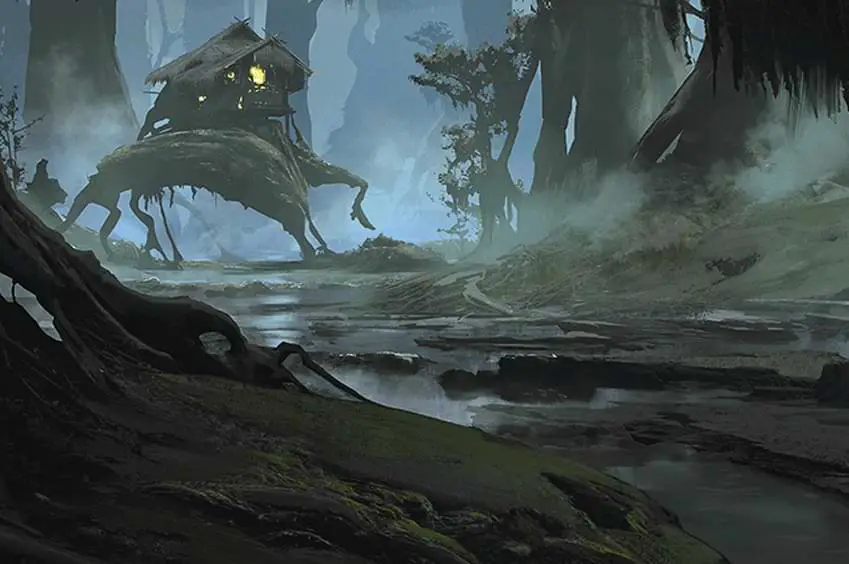
Difficulty
Curse of Strahd is best as an adventure for more intermediate players. Much of it is beginner-friendly, but there are also several instances and areas where the difficulty greatly spikes. A few moments, in particular, aren’t even pretending to be fair!
Many of these instances are towards the beginning of the adventure. As I mentioned earlier, starting at level 3 might actually be a better call than starting at level 1 because of that.
Of course, it’s a different story if your players want that kind of challenge. After all, the undead aren’t exactly known for being merciful!
Is Curse of Strahd Difficult to DM?
For new DMs,
Additionally, each area of Barovia has its own lore.
The sandbox style of
Don’t try to prep the entire campaign at once. Focus on doing your game prep based on the area that the party is going to. (It will make it much easier for you while also really letting you bring the details of each area to life.)
Taking notes on the locations of the sacred items that the party needs to slay Strahd is a must.
Since they’re randomly determined with the Tarokka sequence (a tarot reading) at the start of the adventure, I recommend putting post-it notes in the sections of the book where the items can be found as a reminder.
DMs who are willing to do a lot of lore-reading for themselves at the beginning will have a fairly easy time running
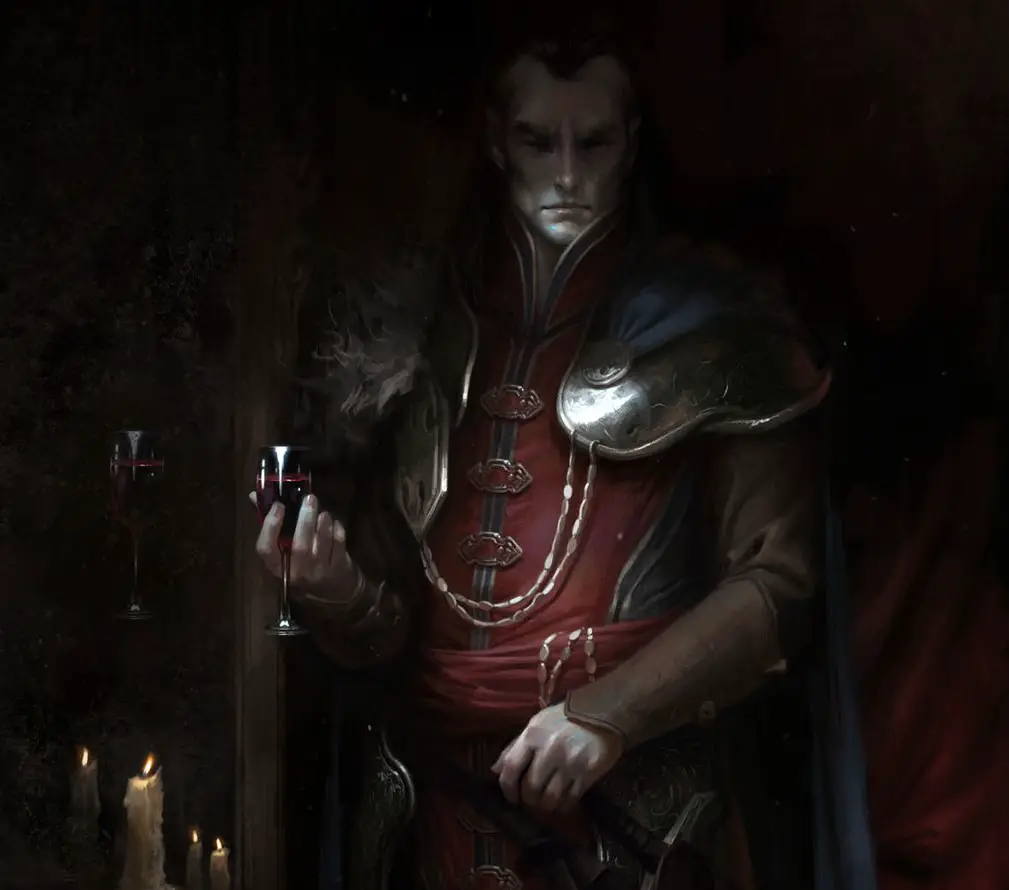
Playtime
Curse of Strahd is a very meaty adventure with a ton to experience.
Assuming the party really gets into exploring the land instead of just charging from objective to objective, you’re looking at around 100 to 120 hours of gameplay. If the party doesn’t do quite as much exploring, you’re still easily looking at around 80 hours of gameplay.
So assuming you’re playing the typical 4-5 hour session, you’re looking at between 20 and 30 game sessions running it as it’s written.
In my own recent
Pros and Cons of Curse of Strahd
Naturally, there are pros and cons to everything – even an adventure as widely praised as
Here are my thoughts on the top 3 pros and cons for this module.
Pros:
- Curse of Strahd is the quintessential horror adventure for 5e and features one of D&D’s most infamous villains.
- The sandbox style gives plenty of room to tailor the adventure to the players.
- The Tarokka reading at the beginning adds a level of replayability to this module. The significant moments being “foretold” by the reading are random which means each experience will be different.
Cons:
- The land is very dark and depressing. It’s exciting at first, but it will eventually start to wear on players.
- There are some mature themes present. You’ll want to be mindful of your players and what is appropriate for your group. (Definitely be sure to read ahead and take creative liberties where necessary!)
- The sandbox style might be overwhelming to newer players or DMs who need a bit more structure in an adventure.
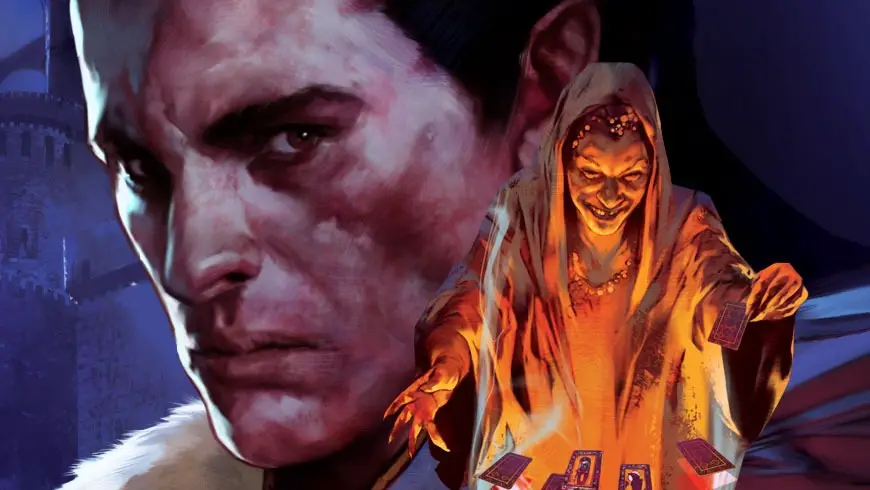
Is Curse of Strahd Good?
In keeping with my typical style of reviews, I’m looking at three key factors for
Specifically:
- Is there useful content even beyond the adventure itself?
- What is the overall quality of the adventure?
- Is there real value or “bang for the buck” here?
The final verdict is given as one of three options:
- Buy It Now! – This is a must-have for your collection.
- Get It On Sale! – It’s not bad, but it’s not something I would recommend paying full price for.
- Pass! – It’s either poor quality or incredibly niche in who would actually benefit from it.
Let’s get into it!
Usefulness
Even if you aren’t planning on running
Haunted Houses, fetid swamplands, werewolf dens, cabals of evil Druids… Just about anything you could want to include in a homebrew horror adventure is here.
Van Richten’s Guide to Ravenloft provides the high-level theory of running horror games (check out my review of that book here) but
Additionally, Strahd is a perfect villain.
I mean, he’s a complete jerk in every possible way but that’s part of what makes him such an unforgettable bad guy! He’s a great case study in making your own epic villains!
With so much lore to really help DMs capture the essence of
Quality
Curse of Strahd’s reputation precedes it and for good reason!
It’s an adventure that is meant to spark terror in players while telling a fantastically deep and dark story. Most of the areas of Barovia feel fully fleshed out with plenty of space to add your own creative touch.
In a way, each area represents a certain type of horror but in a way that still makes sense for the adventure as a whole. Because of that, there really is something for everyone here regardless of what flavor of horror they enjoy the most.
Considering that the original Ravenloft is still one of the most beloved modules in all of D&D’s history,
It’s thoughtful, engaging, and represents the horror genre within D&D in a way that few other adventures can even come close to touching!
Value
As I mentioned, there’s a lot of meat to
I do recommend picking up the Tarokka Cards accessory. They make for a useful prop and are much better for immersion than printing out the cards on standard paper or just using regular playing cards.
The emotions invoked by playing
To me, that has a ton of value as well.
Final Verdict
Curse of Strahd is a definitive “Buy It Now!” from me.
This adventure has virtually become a rite of passage for groups playing D&D 5e. It’s dark, moody, and brooding in a way that captures your imagination as few adventures do.
In much the same way that people look back on the Ravenloft of the 80s with fond memories,
Conclusion – Reviewing Curse of Strahd 5e
I’m a sucker for a good horror story.
While I like most of the 5e adventures that have been released,
Ultimately, Strahd is the focus of the story. The players are learning and experiencing what led to him becoming the monster that he is. As the story gets darker and darker, it begins to feel more personal to the players as they realize exactly what they’re up against and just what’s at stake.
If you’re considering running




